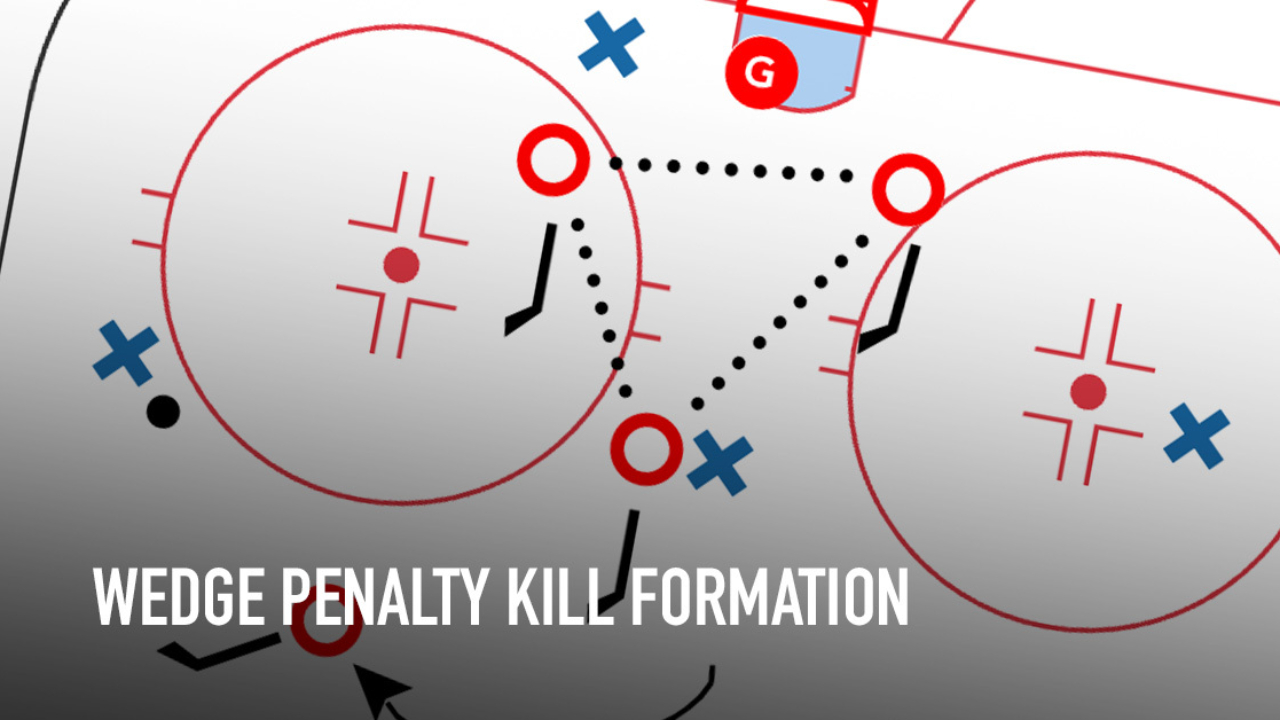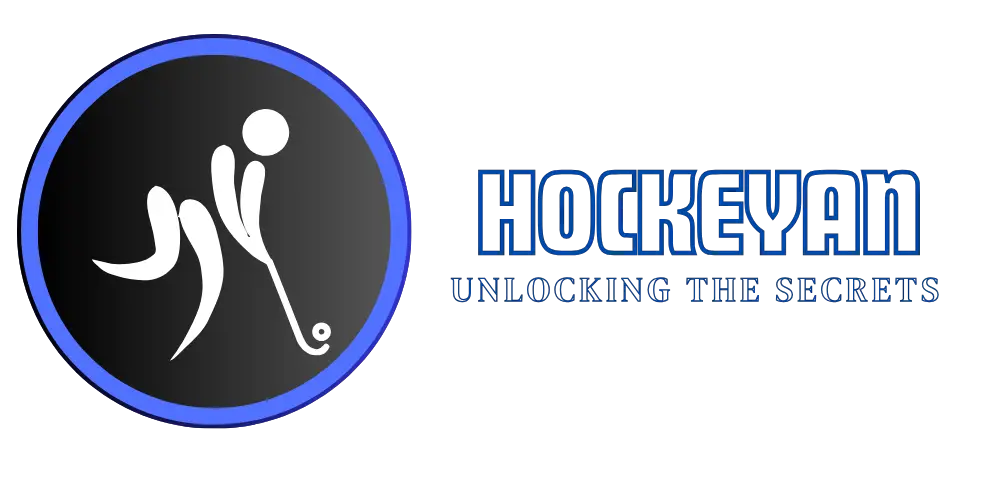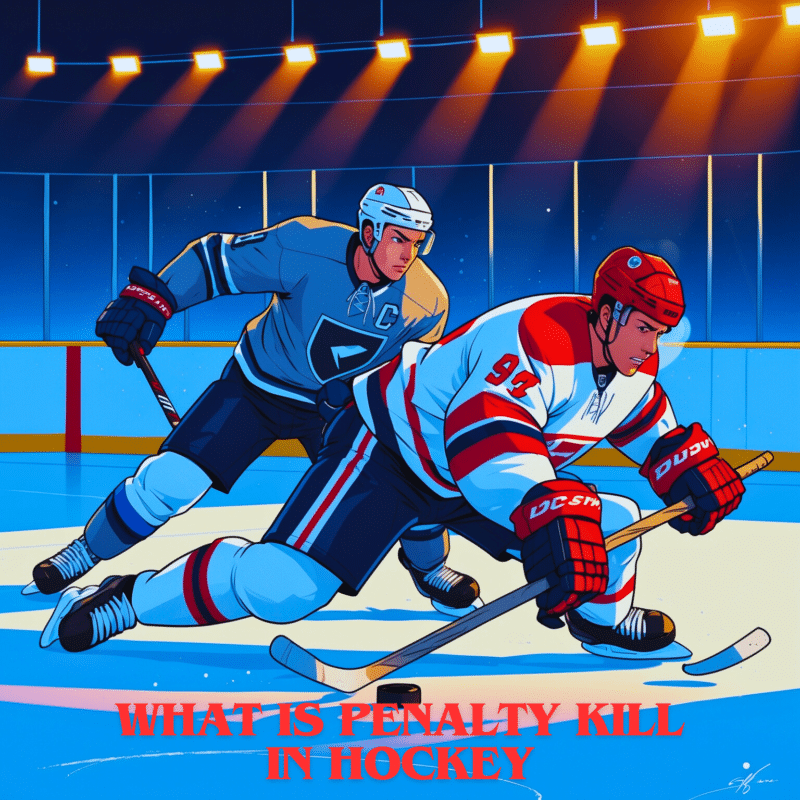A penalty kill in hockey is a defensive strategy. It occurs when a team has fewer players due to a penalty.
What is Penalty Kill in Hockey? Hockey fans often hear terms like “power play” and “penalty kill. ” But what do these mean? Simply put, a penalty kill happens when a team is disadvantaged. They have fewer players on the ice because of a penalty.
The opposing team then has a power play. This means they have more players and a better chance to score. The team on the penalty kill must defend fiercely. They aim to stop the other team from scoring until the penalty time ends. Understanding the penalty kill is essential for grasping hockey strategies. It shows the importance of teamwork and quick thinking in the game.
Penalty Kill Basics
Understanding the penalty kill is crucial in hockey. This strategy is used when a team is short-handed due to a penalty. The main goal is to prevent the opposing team from scoring.
Definition Of Penalty Kill
A penalty kill occurs when a team is playing with fewer players due to a penalty. The team with fewer players is on the penalty kill. They focus on defending their goal while shorthanded.
Importance In Hockey
The penalty kill is vital in hockey. It can change the outcome of a game. A strong penalty kill can boost team morale. It can also frustrate the opposing team.
Here are some key points about its importance:
- Momentum Shift: Successfully killing a penalty can shift the game’s momentum.
- Confidence Boost: Teams gain confidence from a solid penalty kill.
- Defensive Skills: It highlights a team’s defensive skills and discipline.
Teams often practice their penalty-kill strategies. They study the opposing team’s power play tactics. This preparation is essential for success.

Credit: aycane.com
Key Techniques
Penalty kill in hockey is an essential skill. Teams must play well defensively to prevent the opponent from scoring. Mastering key techniques is crucial for success. Below are some important strategies to follow.
Positioning And Formation
Good positioning and formation are vital in a penalty kill. Players must stay compact and organized. The most common formation is the box formation. Here, four players form a square around the goal.
| Formation | Details |
|---|---|
| Box Formation | Four players form a square. Covers the shooting lanes. |
| Diamond Formation | Four players form a diamond shape. Useful against certain power plays. |
Another effective formation is the diamond formation. This is where players form a diamond shape. It helps cover passing lanes and limits scoring chances. Each player has a specific role in these formations. Defensemen must clear rebounds and block shots. Forwards must pressure the puck carrier and intercept passes.
Effective Communication
Communication is key during a penalty kill. Players must talk to each other to stay organized. They need to call out the opponent’s position and movements.
- Yell when passing the puck
- Alert teammates about open opponents
- Inform about possible line changes
Effective communication also involves non-verbal cues. Players use hand signals and stick taps to communicate. This keeps the team aware and prepared for any situation.
Practicing these techniques can lead to a successful penalty kill. Teams that master these skills will have a strong defensive edge. This reduces the chance of the opponent scoring.
Player Roles
In hockey, the penalty kill is crucial. It requires players to defend well. Each player has a specific role during the penalty kill. Understanding these roles helps the team stop the opposition. Let’s delve into the roles of forwards and defensemen.
Responsibilities Of Forwards
Forwards on the penalty kill have essential tasks. They apply pressure on the opposing puck carrier. Their goal is to force turnovers and clear the puck. Forwards often block shots and passing lanes. This makes it harder for the opposing team to set up plays. Quick decisions and speed are vital for forwards. They need to anticipate the opponents’ moves. Forwards also help cover defensemen. This ensures all areas of the ice are protected.
Responsibilities Of Defensemen
Defensemen play a key role in the penalty kill. Their primary task is to protect the front of the net. They block shots and clear rebounds. Positioning is crucial for defensemen. They must stay between the puck and the goal. Defensemen also communicate with forwards. This coordination helps maintain a defensive structure. They often clear the puck from the defensive zone. Strong stick skills and awareness are essential for defensemen. They must read the play and react quickly. Their efforts limit scoring chances for the opposition.
Strategies And Systems
Penalty kill in hockey is an essential part of the game. A player must defend against opponents with a man advantage when teams are down. Different strategies and systems help teams effectively kill penalties.
Aggressive Vs. Passive Kill
An aggressive penalty kill puts pressure on the puck carrier. Players quickly close gaps and chase the puck. This forces opponents to make fast decisions. Aggressive skills can lead to turnovers and scoring chances.
A passive penalty kill focuses on staying in position. Players form a solid defensive structure. They allow shots from low-danger areas. This style minimizes scoring chances but provides fewer opportunities for shorthanded goals.
Box And Diamond Formations
The box formation is a common penalty kill strategy. Players form a square in front of the net. This structure protects the middle of the ice. It limits cross-ice passes and high-danger shots.
Diamond formation is another effective system. Players position themselves in a diamond shape. One player pressures the puck at the top. Three players cover passing lanes and shooting options. This formation can disrupt power plays and force turnovers.
Both formations require discipline and coordination. Players must know their roles and responsibilities. Communication is key to a successful penalty kill.
Training And Drills
Training for a penalty kill in hockey requires specific drills. These drills focus on conditioning and situational awareness. Players need to be quick, alert, and strategic. Effective training can make all the difference during a game.
Conditioning For Penalty Kill
Conditioning is vital for a successful penalty kill. Players must have the stamina to skate hard for the entire penalty. Interval training is effective. It mimics the stop-and-go nature of penalty kills. Skating sprints, with short rest periods, builds endurance and speed. Leg strength exercises help players maintain strong defensive positions. Core workouts improve balance and agility. These are crucial for quick transitions.
Practicing Situational Awareness
Situational awareness is the ability to read the game. Players must anticipate the opponent’s moves. This requires constant practice. Scrimmages with a man down can simulate real-game scenarios. Players learn to communicate and cover gaps. Video analysis helps players understand their positioning. Coaches can highlight areas for improvement. Drills focusing on stick placement can prevent passes and shots. These drills train players to think quickly and react.

Credit: www.youtube.com

Credit: members.thecoachessite.com
Frequently Asked Questions
What Is A Penalty Kill In Hockey?
A penalty kill is when a team plays short-handed due to a penalty.
How Does A Penalty Kill Work?
The penalized team tries to prevent the opposing team from scoring.
How Long Does A Penalty Kill Last?
It usually lasts two minutes but can be longer for major penalties.
What Are The Strategies For A Successful Penalty Kill?
Teams use tight formations, clear the puck, and block shots.
Can A Team Score During A Penalty Kill?
Yes, it’s called a short-handed goal.
What Happens If The Penalized Team Scores?
The penalty continues until the time runs out.
Who Usually Plays During A Penalty Kill?
Defensive players and skilled penaltykillers are on the ice.
How Does A Penalty Affect The Game?
It gives the opposing team a power play advantage.
Can Multiple Players Be Penalized At The Same Time?
Yes, leading to a 5-on-3 power play for the opposing team.
Conclusion
Understanding the penalty kill in hockey is essential for all fans. It shows the defensive skills of a team under pressure. Teams must work together to prevent the opposing team from scoring. This strategy adds excitement and tension to the game.
It also highlights the importance of teamwork and coordination. Watching a successful penalty kill can be thrilling. So, next time you watch a game, appreciate the effort involved. It’s a key part of hockey that makes the sport unique and enjoyable.




